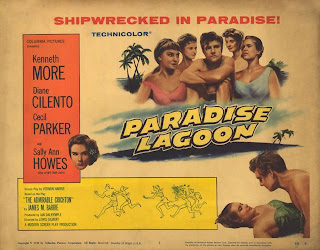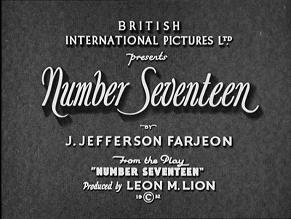AFED #58: The Admirable Crichton (UK, 1957); Dir. Lewis Gilbert

I didn't hold particularly high hopes for today's film, The Admirable Crichton (known in the US as Paradise Lagoon , lest the poster cause any confusion). It was an arbitrary late choice and seemed likely to be a stilted fifties comedy that hadn't aged well. It certainly belongs to a different era but proved surprisingly enjoyable. An adaptation of J.M. Barrie's 1902 play, Kenneth More stars as Crichton, the resourceful butler with a impeccable sense of duty and his place in the social hierarchy. Whilst serving his master the Earl of Loam on board the Earl's luxury yacht in the Pacific, they are forced to abandon boat and become marooned on a desert island. It's swiftly evident that the Earl and his family haven't a clue how to cope for themselves and it's up to Crichton to take charge. We jump forward two years and the social order has been completely reversed. Crichton is now the top dog and incontestable alpha male, what's more the Earl and ...





















